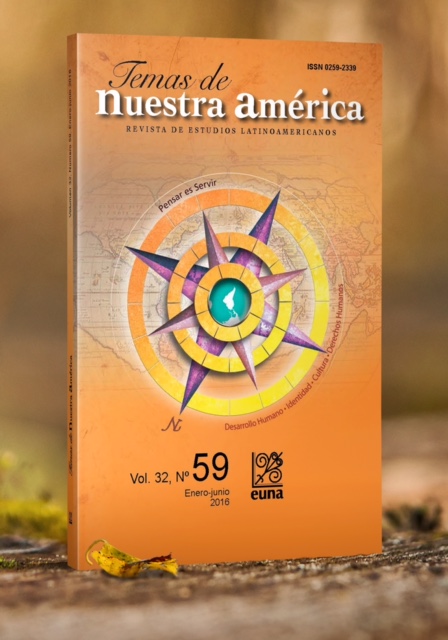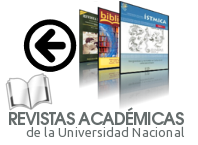IEBZAQUA. Body and Territory.
DOI:
https://doi.org/10.15359/tdna.32-59.4Keywords:
Education, tradicional knowledges, arts, body, territory, Muisca culture, Latin AmericaAbstract
Iebzaqua is a journey through a process that beings as a personal quest to integrate training as an artist into a pedagogical proposal with respect to the body and in relation to the conception of territory, from the physical and the symbolic, as a path of intercultural discovery and mutual learning with educational communities in different contexts. In this work, art, the body, and territory acquire a symbolic component; they are seen as the first territory of life, where experience originates, given that we learn with the body and through the body we look at the world. It is understood as a way of being, of living, and of placing oneself in the space. Subjectively, how I place myself as a subject in the territory and how I understand it in relation to cultural and historical possibilitiesReferences
Beuys, J. y Bodenmann-Ritter, C. (1995). Joseph Beuys: cada hombre, un artista: conversaciones en documental 5-1972. Madrid: Visor.
Castro-Gómez, R. (2005). La Hybris del Punto Cero. Bogotá: Pontificia Universidad Javeriana.
Huanacuni, F. (2010). Buen Vivir / Vivir Bien: Filosofía, políticas, estrategias y experiencias regionales andinas. Lima: Ediciones CAOI.
Le Breton, D. (2002). La sociología del Cuerpo. Buenos Aires: Nueva Visión
Pedraza, Z. (2007). Políticas y estéticas del Cuerpo en América Latina. Bogotá: Ediciones Uniandes.
Lineamientos. Plan Nacional de danza para un país que baila 2010-2019. Dirección de Artes, Área de Danza, Consejo Nacional de Danza.
Ponce de León, C. (2004). Efecto Mariposa. Alcaldía Mayor de Bogotá D.C.: Instituto Distrital Cultura y Turismo.
Rivera, C. S. (2010). Chi´ixinakax utxiwa Una reflexión sobre prácticas y discursos descolonizadores. Buenos Aires: Tinta Limón.
Rozo. J. (1997). Espacio y Tiempo entre los Muiscas. Bogotá D. C.: El Búho
Ticio, E. (2008). Catálogo de arte indígena. Asunción: Arte-Nuevo.
Tuan, Y. (2007). Topofilia: un estudio de las percepciones, actitudes y valores sobre el entorno. Barcelona: Editorial Melusina.
Villate, G. (2007). Tunja Prehispánica, Estudio documental del asentamiento indígena de Tunja. Tunja: UPTC.
Walsh, C. (2005). La interculturalidad en la educación. Lima: UNICEF.
Downloads
Published
How to Cite
Issue
Section
License
Esta obra de Revista Temas de Nuestra América está bajo una Licencia Creative Commons Atribución-NoComercial-SinDerivar 4.0 Internacional.
Cualquier permiso que trascienda dicha licencia, debe solicitarse por escrito a la persona directora de la Revista










